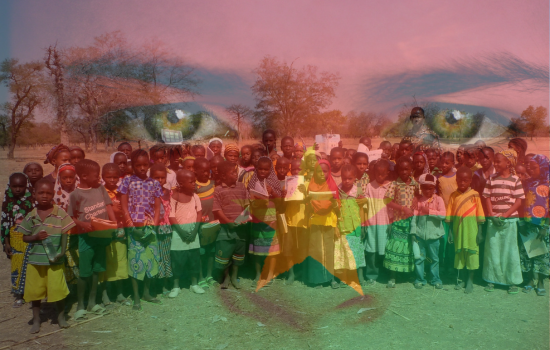Al-Jama’a al-Salafia An action plan to combat the US presence in Iraq
The Jama’a al-Salafia al-Mujahada is a radical Islamic Sunni underground group that is associated with al-Qaida and targets allied forces in Iraq in general, and Americans in particular.
The group’s mission statement calls for the establishment of an Islamic regime in Iraq based on the Koran and religious laws, and issues a scathing attack on Shiites, who are viewed as “infidels and the root of all evil”.[2] The organization strongly objects to all democratic notions as contradicting Islamic values and espouses an armed Jihad against the infidels to the end of time (“Yaum al-Kiama”).
The group’s web site indicates that the organization enjoys the support of several radical Islamic spiritual leaders, who provide religious legitimization for its armed activities. The list of leaders includes the following clerics:
Sheik Hamed al-A’li , who issued a religious edict (fatwa), which was published on the web site, condoning the murder of any Muslim cooperating with the “infidel” Americans, including police officers, translators, civil employees, etc. [3]
Sheik Naser al-Umar and Sheik Abu Kasir. radical Islamic clerics, who provide religious legal authority for al-Qaida’s activities and back suicide and large-scale attacks against the Americans. Their edicts are also prominently featured on the group’s web site.
This action plan’s objectives are largely as follows: to boost the morale of Iraqi resistance fighters, to draw supporters and sympathizers, and to exert psychological pressure on US commanders and political leaders in order to facilitate a rapid American withdrawal from Iraq or a collapse of the foreign presence there.
The plan stresses the significance of an American defeat in Iraq and its potential influence on the entire Muslim world.
Among the results cited as following this defeat are the following:
- An end to American defense of Israel;
- An end to the American threat against states supporting the Palestinian resistance, such as Syria and Iran;
- A major boost to morale throughout the Muslim world and increased support for Palestinian resistance to the “Zionist entity”.
The plan outlines the following propaganda-focused activities to be adopted by Iraqi resistance fighters:
- Videotaping armed operations and relaying them to global television networks.
- Photographing and videotaping instances of American cruelty toward children, women, and the elderly in order to arouse sympathy with the Iraqi people and anger toward the Americans.
- Issuing leaflets and announcements on behalf of the resistance and relaying them to the international media.
- Enlisting the assistance of mosque preachers (Imams) in order to facilitate greater recognition of the need to struggle against the Americans among Iraqi citizens.
- Drawing anti-occupation slogans and graffiti on walls and fences. The messages should also indicate that the Iraqi resistance does not harm innocent civilians and only targets the enemy and those cooperating with it.
Assessment
Propaganda of the kind discussed above characterizes almost all regional terrorist groups, including the Hizballah, the Islamic Jihad, Hamas, and Fatah. The proposed modus operandi is viewed as a way to induce local public opinion to actively participate in operations, while boosting morale and influencing local perceptions.
At the same time, past experience demonstrates that this type of propaganda yields psychological influence on the adversary by weakening public support, compromising the morale of enemy troops, and exposing political leaders to intense pressures in light of troubling media reports from the battlefield. Hence, this type of psychological warfare is designed to exert public pressure on the opposing government pushing it to alter its policy in light of on-going terrorism acts and a high casualty toll. In our estimate, the Palestinian arena influences and is reflected in the Iraqi theater in terms of the adoption of modus operandi regarded as successful in the struggle against Israel, and hence viewed favorably by Iraqi terror elements.
In our assessment, the next phase of hostilities in Iraq is likely to feature increased utilization of various photography and documentation means (camcorders, cameras, etc.) in an attempt to disseminate messages through various media sources, including the Internet. Hence, the proposed action plan is designed to stress the role of propaganda in light of its importance and potential influence on global public opinion in general, and popular US sentiments in particular.






